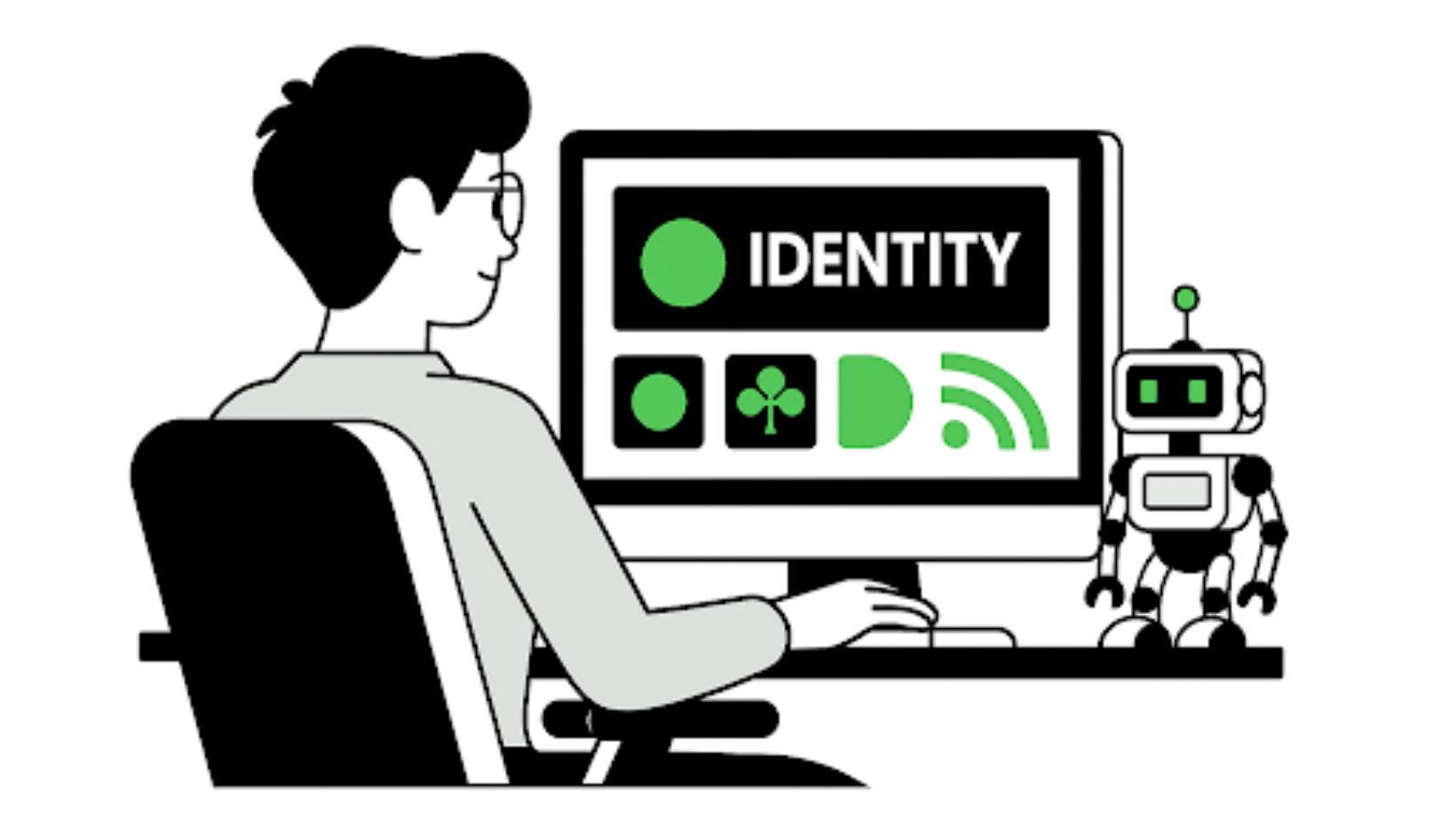A logo has long been considered the cornerstone of brand identity. But in a landscape where digital presence evolves faster than traditional brand systems, some companies are rethinking how visual identity works. What if branding could rely entirely on color, typography, and layout — without a central logo mark? In this article, we explore whether it’s possible to build a recognizable brand without a logo, what the risks are, and how to make visual systems work with minimal elements.
What builds visual identity beyond the logo
Color plays a central role in emotional perception and brand association. A carefully selected palette, used consistently across channels, can become instantly recognizable. Typography, layout, and visual rhythm also contribute to brand identity, offering repeatable patterns that form familiarity.
Instead of a single logo symbol, a brand can use graphic systems that repeat and evolve. These include modular layouts, bold typographic treatments, or a specific style of imagery. When combined intentionally, these elements can deliver a clear and consistent visual voice. To help brands design such flexible and evolving identities, an AI logo creator offers a smart solution — generating systems that adapt while maintaining brand consistency.
When is it possible to go without a logo
Some brands don’t need a prominent logo because the product or context speaks loudly enough. High-quality goods, unique experiences, or content-first platforms can rely on the strength of their offering instead of traditional marks.
Short-term digital campaigns, experimental media, or design-led collaborations often choose to operate without a central logo. In these cases, visual consistency is driven by layout, motion, or tone. If the system is strong enough, the absence of a logo can actually become part of the brand’s message.
Risks of branding without a logo
A brand without a defined focal point can lose clarity. Without a symbol to anchor the identity, visual communication may become fragmented or inconsistent. In some contexts, especially offline, a logo remains a key signal for recognition.
There are also practical and legal risks. Trademarks protect logos and names — without a defined visual mark, brand protection becomes more complex. Additionally, scaling a brand across platforms without a clear identifier requires careful visual management.
You don’t always need a logo to make a lasting impression. Here are ways to reinforce your brand’s identity without relying solely on a symbol:
- Consistent use of a limited color palette — Stick to a few key colors that evoke your brand’s mood.
- Repetition of patterns or visual motifs — Keep consistency across all touchpoints, from websites to packaging.
- Clear layout rules — Structure your content in a way that guides the user’s experience.
- Bold, recognizable typography — Use distinctive fonts with minimal variation to maintain brand recognition.
- Flexible design systems — Build a system that adapts across platforms, not one that’s dependent on a single logo.
The key to strong branding lies in repetition and restraint. The more predictable and cohesive your visual system, the more memorable it becomes. By focusing on how elements interact and relate to each other, brands can create rhythm and familiarity — without needing to rely on a single image.
Examples of successful identity without a central logo
Some visual systems are so well-constructed that the logo becomes secondary or nearly invisible. Identity systems that prioritize layout, motion, or tone of voice can still achieve strong recall. This is often seen in media, cultural, or digital-native brands.
These systems may rely on grid structures, animated components, or recurring visual principles. Rather than building equity in a single mark, they invest in a consistent experience. The outcome is often more flexible and adaptable to dynamic environments.
Is this approach right for your brand
Not every brand can thrive without a logo. Before committing to a logo-free system, ask whether your other visual components are strong enough to carry recognition. A weak typeface or unclear color system can lead to confusion rather than differentiation.
The communication environment also matters. If your brand lives primarily online and engages with visually literate audiences, the system approach may be effective. But in traditional, B2B, or physical retail settings, a clear logo often remains essential.
Questions and answers
Can a brand function entirely without a logo?
Yes, but only if the rest of the visual system is consistent, memorable, and well-executed. It requires strong design discipline.
What replaces the logo in such a system?
Color, layout, type, and repeated design behaviors. These elements become the anchors of recognition.
Is it harder to protect a brand without a logo?
Yes. Trademarks are easier to register when there is a distinct visual mark. Without it, legal protection becomes less straightforward.
Does this work in every industry?
No. In more traditional sectors, logos are still necessary for trust, recognition, and credibility.
Should you still create a backup logo just in case?
Yes. Even if it’s rarely used, a fallback version can help in legal contexts or situations where symbolic identity is expected.

